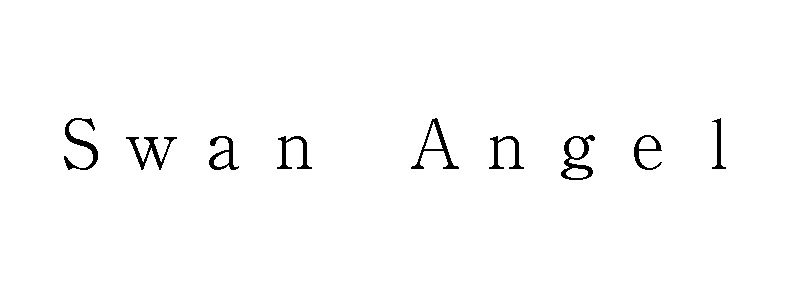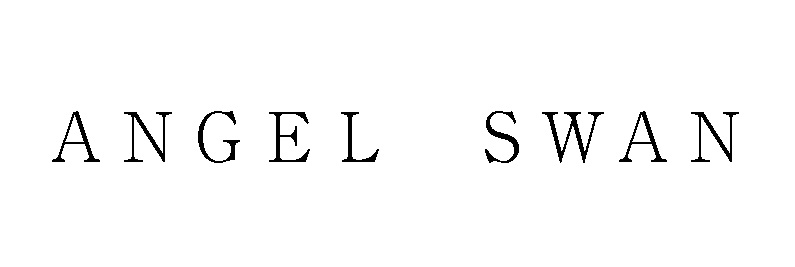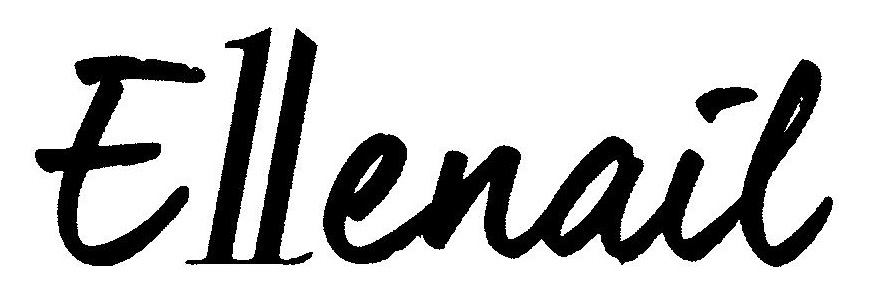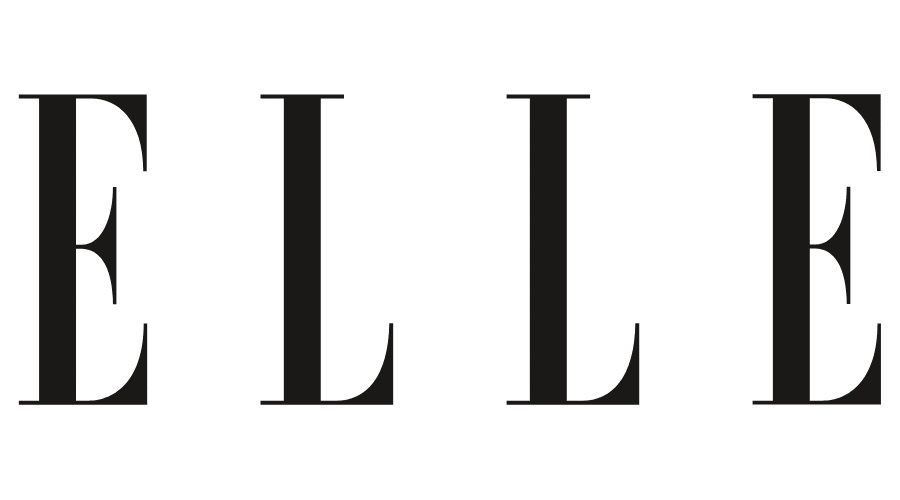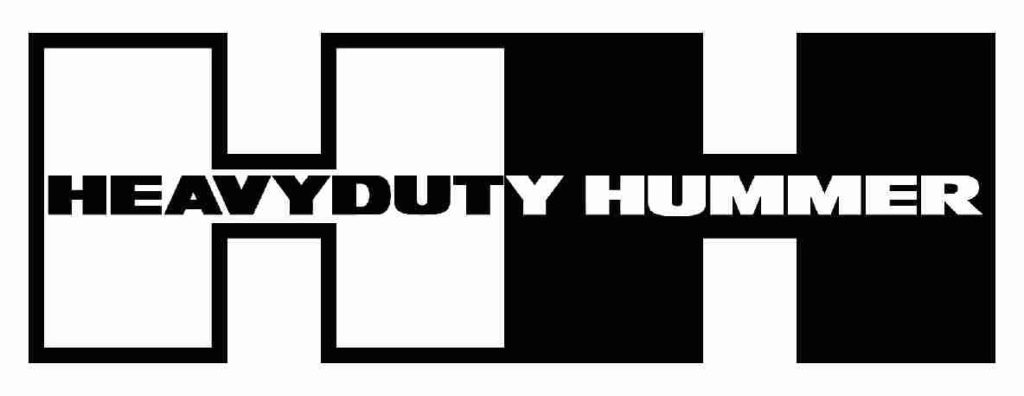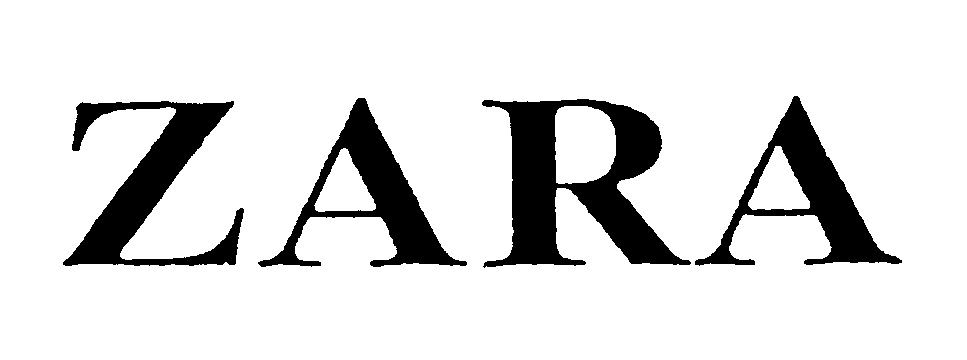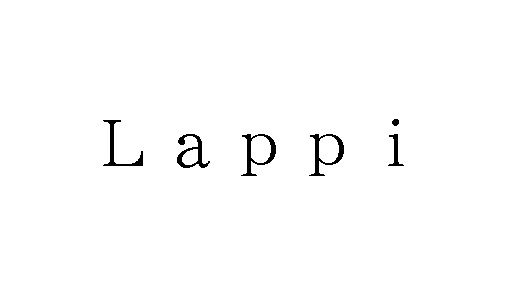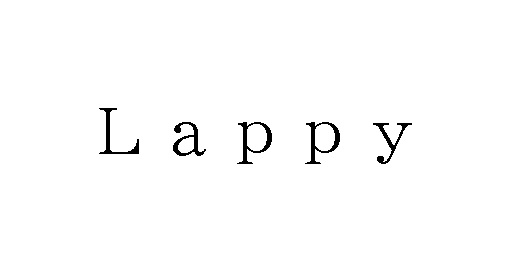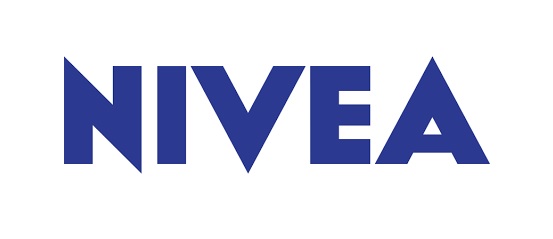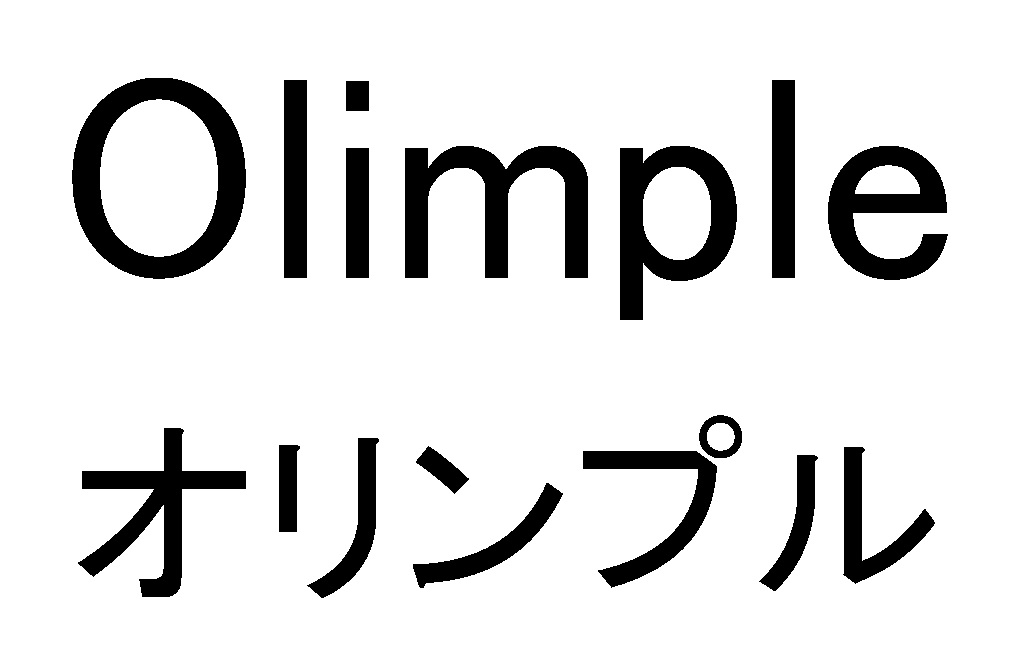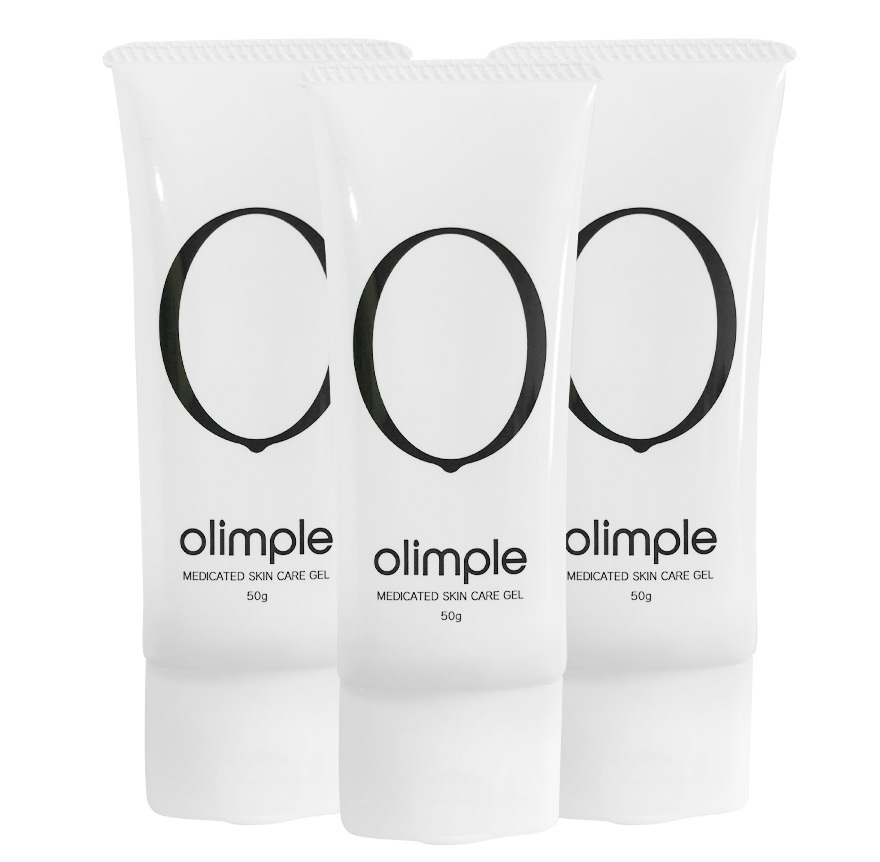The Japan Patent Office (JPO) did not side with HYATT and dismissed an invalidation petition against TM Reg no. 6186629 for the wordmark “GRAN CLUB” by finding dissimilarity to HYATT’s earlier mark “GRAND CLUB”.
[Invalidation case no. 2022-890018, Decision date: December 14, 2022]GRAN CLUB
The disputed mark, consisting of the word mark “GRAN CLUB” in standard character was filed by Memolead Wellness Co., Ltd., a Japanese company for use in restaurants, hotels and temporary accommodations, retirement homes, beauty salons, and other services in class 43 and 44 on September 13, 2018, with the JPO. The JPO examiner granted protection on September 10, 2019.

Apparently, the applicant uses the mark on their facility to provide a sports club, fitness gym, spa, beauty salon, sauna, café, and social club in Takasaki City, Gunma Prefecture (Japan).
GRAND CLUB
Hyatt International Corporation has effectively owned earlier TM Reg no. 4604602 for the wordmark “GRAND CLUB” in standard character on hotels, restaurants, beauty salons, and other services in Japan.

Hyatt filed an invalidation petition against “GRAN CLUB” with the JPO on March 18, 2022, and argued the disputed mark shall be invalidated in contravention of Article 4(1)(xi) of the Trademark Law due to a close resemblance between “GRAND CLUB” and “GRAND CLUB” to be used on identical or similar services.
JPO Decision
The JPO Invalidation Board found the disputed mark “GRAN CLUB” does not give rise to any specific meaning as well as the cited mark “GRAND CLUB”.
From the appearance, the Board found both marks are distinguishable by virtue of the presence or absence of the letter “D” in the middle of the marks.
Besides, the Board had a view that it is unlikely relevant consumers audibly confuse “ɡræn-klʌb” with “ɡrænd-klʌb” in view of short phonetic compositions of six or seven sounds.
Hyatt argued “GRAND CLUB” can be called “ɡræn-klʌb” among Japanese consumers based on a lot of hotels and facilities with a mark containing the term “GRAN” that is ordinary called “ɡræn”. However, the Board held the examples are neither direct nor relevant to find “GRAND CLUB” is pronounced as “ɡræn-klʌb” by relevant consumers.
Given both marks are incomparable to the concept, the Board has a reason to believe both marks give rise to a different impression in the mind of consumers from visual, phonetical, and conceptual points of view.
Based on the foregoing, the Board concluded “GRAN CLUB” and “GRAND CLUB” are dissimilar and declared the validity of the disputed mark.

